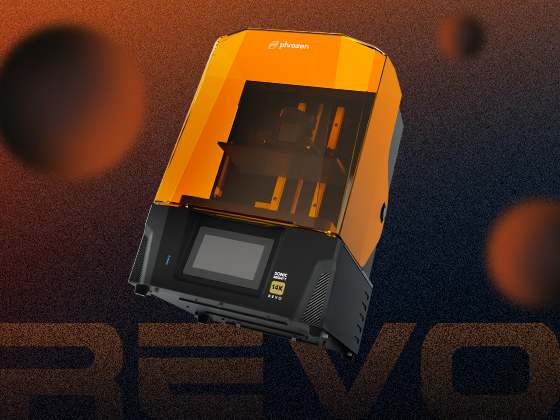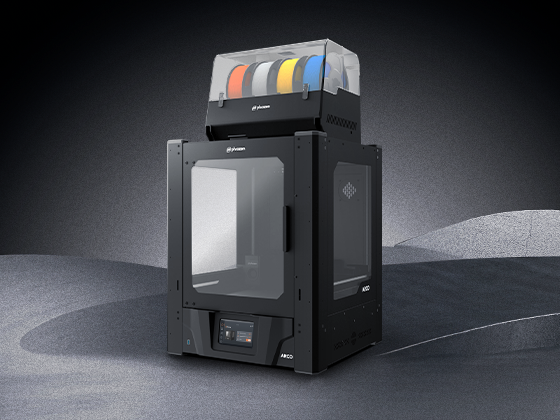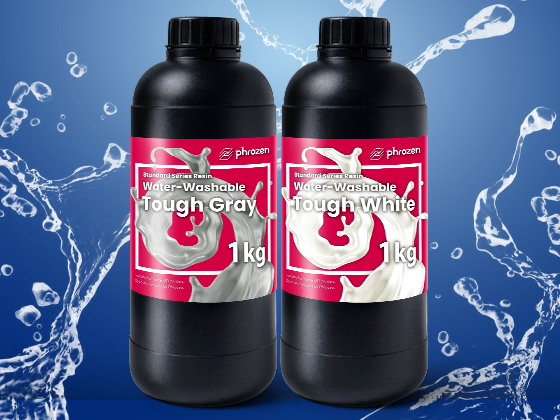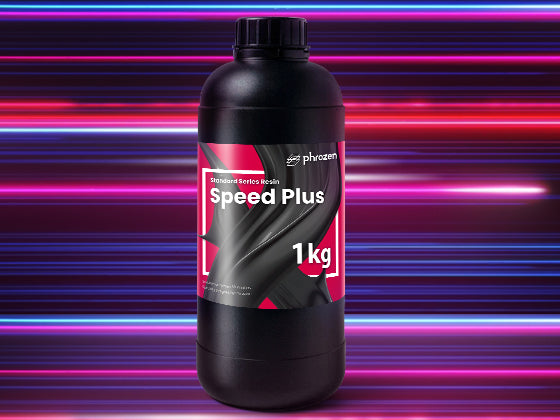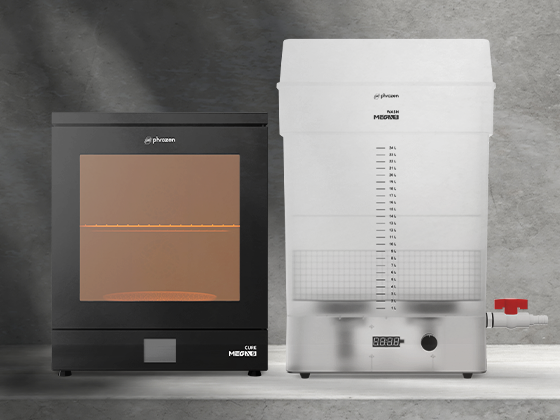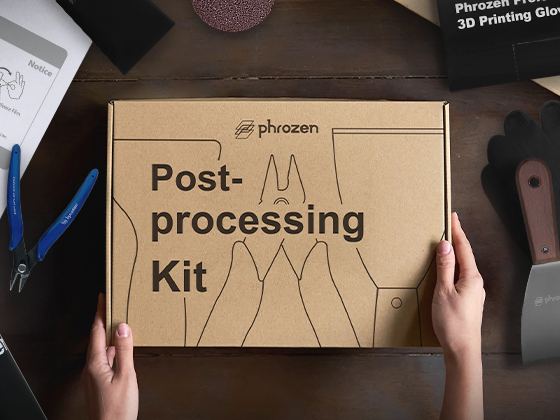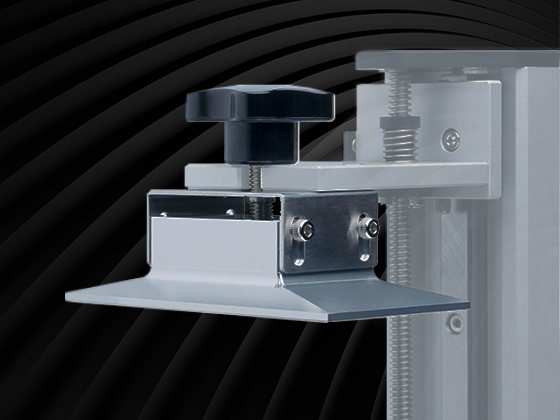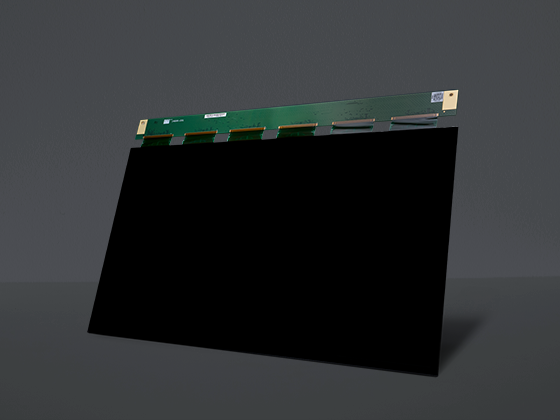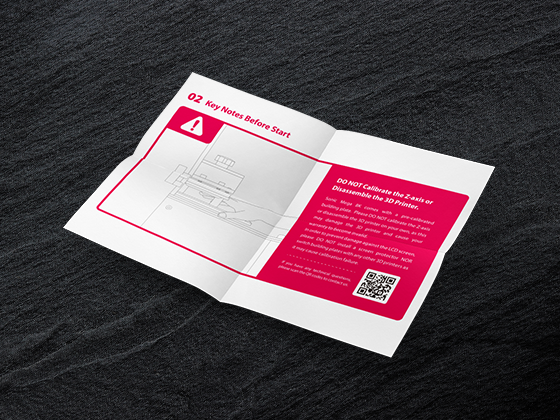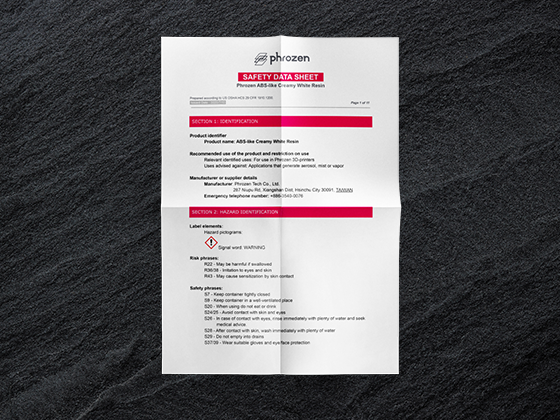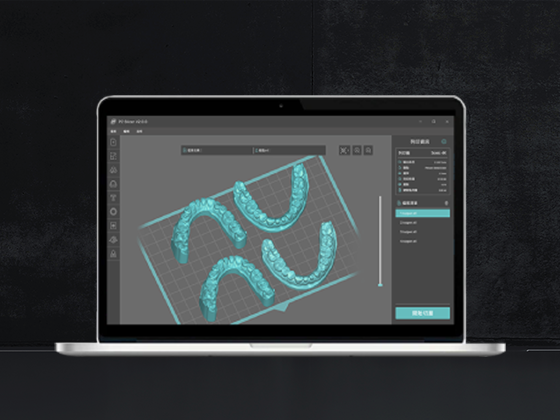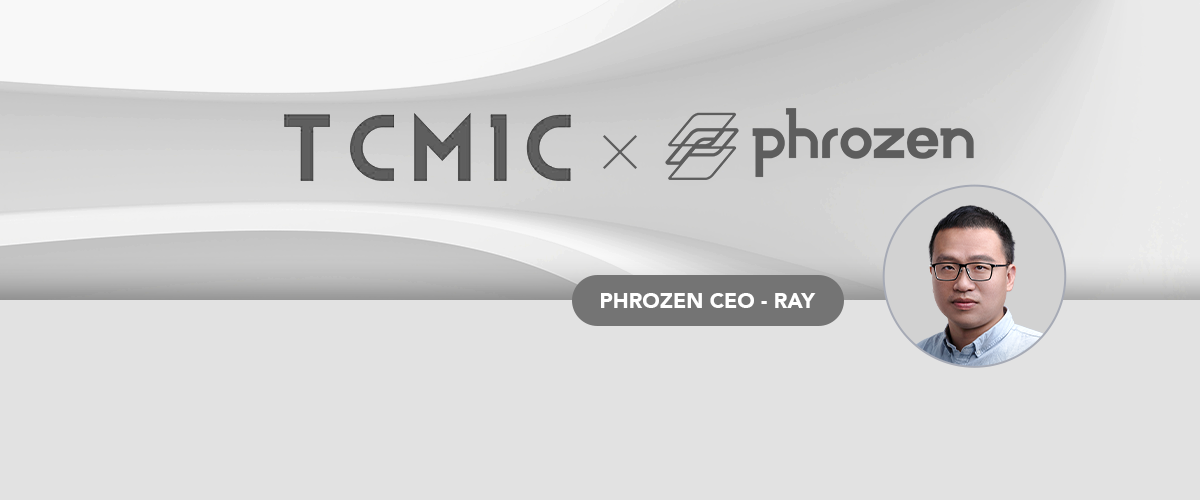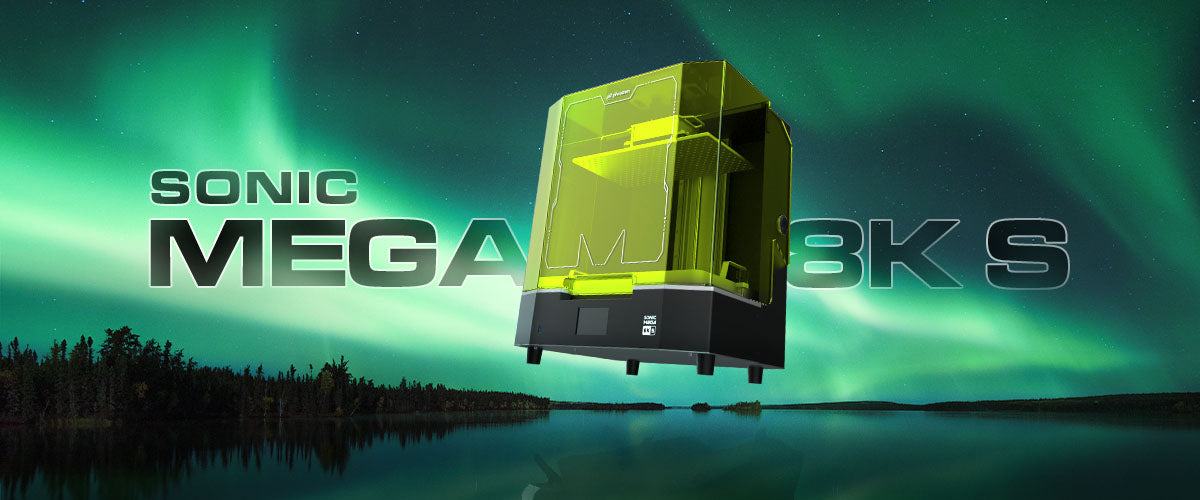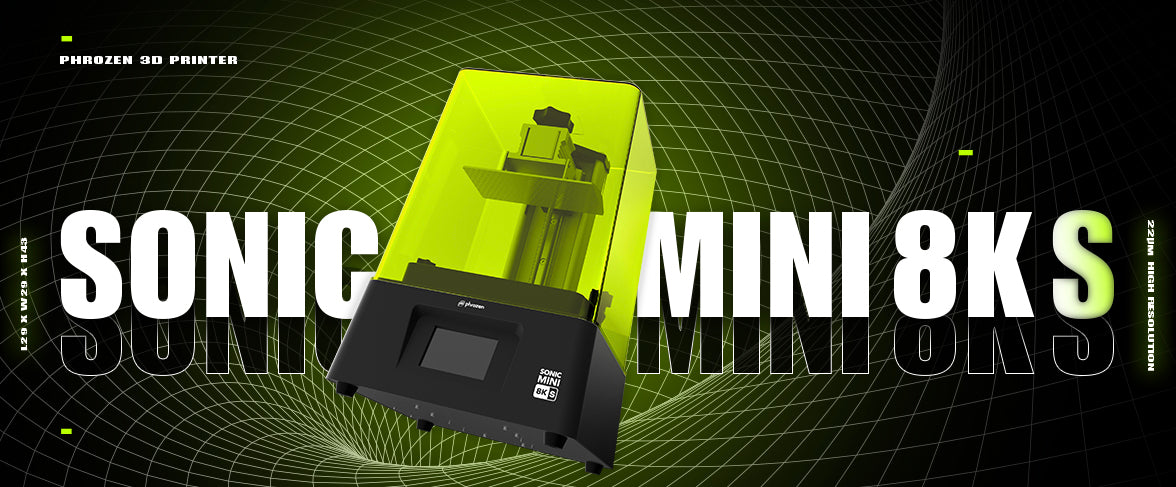Phrozen's History
To start off the podcast, Ray gave a brief overview of Phrozen. Both Ray and Alex, the company's founders, have engineering backgrounds.
In 2013, they recognized the immense potential of Vat Photopolymerization technology, which perfectly aligned with their expertise in producing high-quality outputs and utilizing printing materials. As a result, they started fundraising for research and successfully launched their first product in 2016, Phrozen DLP: One. Since then, they have expanded their operations to the United States, Europe, and other Asian countries after first starting in Taiwan.
In 2018, Phrozen achieved a significant technological breakthrough by becoming the first company in the world to develop and manufacture the Mono LCD screen. Ray explained, "Our goal was to create devices that could be enjoyed by the general public. In Taiwanese dialect, the term 'enjoy' is pronounced as 'zen,' which inspired the name Phrozen."
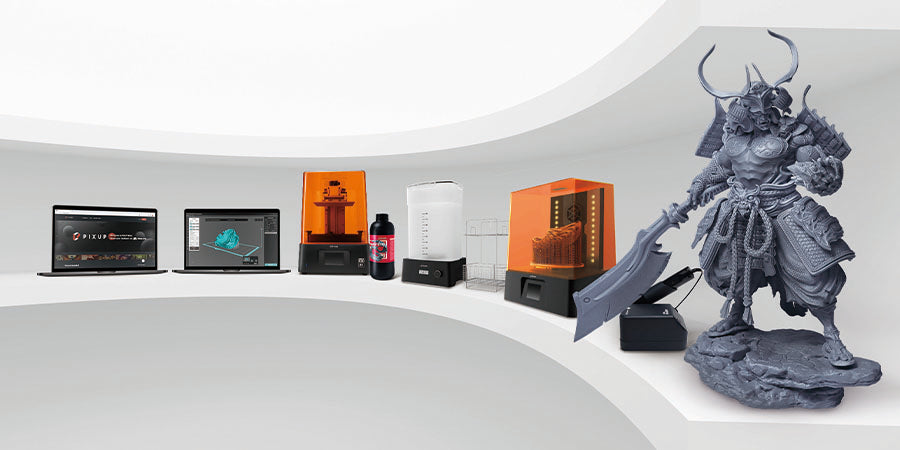 Vat Photopolymerization 3D Printing Technology
Vat Photopolymerization 3D Printing Technology
During the interview, the host inquired about Ray's knowledge on vat photopolymerization 3D printing technology.
This technology involves using light to solidify materials, and Phrozen company utilizes vat photopolymerization resin for their 3D printing process. The resin starts off in a liquid state, but when exposed to light, it undergoes chemical reactions and solidifies, resulting in the creation of a solid object. Vat Photopolymerization 3D printing takes advantage of this principle by carefully controlling light patterns and UV values to produce precise objects.
Initially, Phrozen focused on Digital Light Processing (DLP) technology for projectors. However, in 2016, Ray and Alex recognized the growing popularity of LCD technology and decided to shift their research toward it. In 2018, they successfully developed the first Monochrome LCD screen, which greatly improved the printing speed of LCD 3D printers and gained worldwide recognition.
 Applications of Vat Photopolymerization 3D Printing
Applications of Vat Photopolymerization 3D Printing
Ray also introduces the various uses of Phrozen's products in different industries. Vat photopolymerization 3D printing technology has a wide range of applications. Phrozen's 3D printer top three best-selling industries are the model figurines, jewelry, and dentistry.
The production of models is a popular application as vat photopolymerization can create highly detailed objects. Phrozen focuses on miniature models and tabletop gaming models, which are important customer segments. They actively engage with this industry and share related prints on their official Instagram account.
By participating in various model exhibitions in Taiwan, Japan, and around the world, Phrozen aims to inform consumers that collecting or creating models doesn't have to rely solely on purchasing; they can be printed by themselves.
The second application is in jewelry making, including rings, earrings, and necklaces. Traditionally, these items required wax carving for casting. However, Phrozen utilizes 3D printing to produce wax prototypes, which are then used for casting, ultimately resulting in the production of silver jewelry.
Dentistry also benefits greatly from 3D printing technology. In the past, patients used to bite into clay at the dental clinic to create plaster molds for dental corrections. But now, most dentists use mouth scanners to capture dental data, which is then used for 3D printing. This allows for the creation of custom-made invisible braces and other dental appliances by printing dental models.
Furthermore, vat photopolymerization 3D printing finds application in industrial settings, especially for rapid prototyping. In the past, when designing a product, a preliminary draft had to be manually drawn and sent to external factories for prototyping, resulting in a time-consuming and expensive process.
However, with 3D printing, prototypes can now be created in-house, significantly speeding up the design validation process and reducing costs.
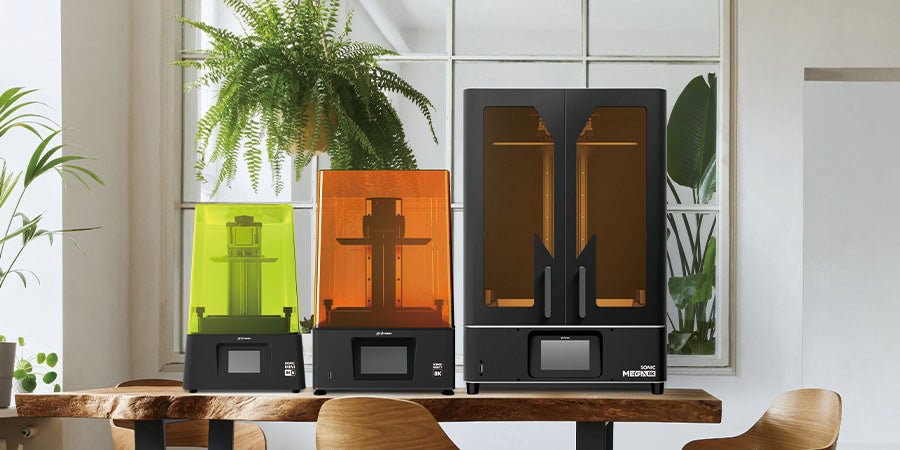 Introduction to Phrozen's Machines
Introduction to Phrozen's Machines
The host inquired about the main factors to consider for vat photopolymerization 3D printing. Naturally, consumers are most concerned about the speed, accuracy, and size of the prints. To address these concerns, Phrozen offers different machine resolutions, specifically 4K and 8K, depending on the level of precision required.
In terms of size, Phrozen provides a range of models in large, medium, and small formats, or also known as Mega, Mighty, and Mini by the communities, for users to choose from. To tackle the issue of printing speed, they offer materials like Phrozen Speed Resin, which are specifically designed for fast printing. These solutions offered by Phrozen aim to cater to various printing needs in terms of speed, accuracy, and size.
Phrozen's Future Plans
Towards the end of the show, the host inquired about the future advancements in vat photopolymerization 3D printing technology. Ray expressed his belief that this technology has reached its hardware limitations. However, he is eager to attract users from various industries to embrace this technology and expand its applications. Phrozen will continue to focus on researching and developing materials that cater to the specific needs of different industries. The ultimate goal is to showcase that vat photopolymerization 3D printing technology is not just a plaything, but a versatile tool that enhances production efficiency and offers customers high-quality products and exceptional services. Ray envisions a future where more individuals can experience the convenience and delight brought by this technology.

